How a refrigerator works - basic training
Have you ever wondered how your fridge works? Watch the video or read below to learn the basics of refrigeration, familiarize yourself with a refrigerator's main components, and discover what happens to refrigerant as it moves throughout the refrigerator system.
What a refrigerator does
In order to keep food fresh, a low temperature must be maintained in the immediate environment to reduce the reproduction rate of harmful bacteria. A refrigerator works to transfer heat from inside to outside, which is why it feels warm if you put your hand on the back side of fridge near the metal pipes - you'll find out how that works in a bit.
What are a refrigerator's main components?
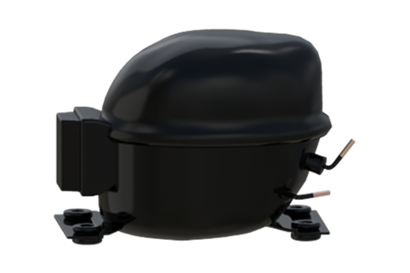
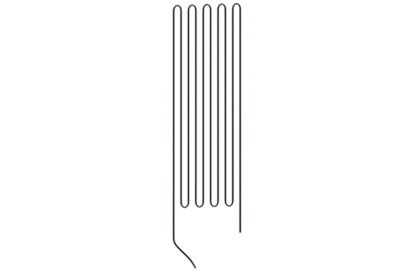
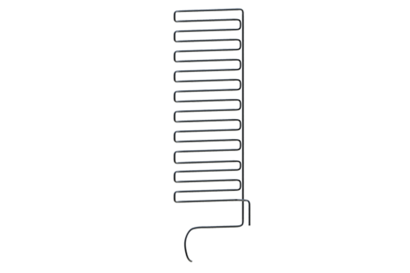
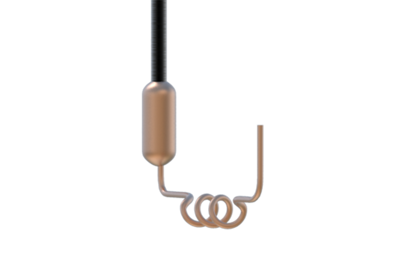
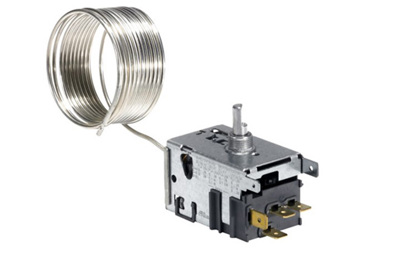
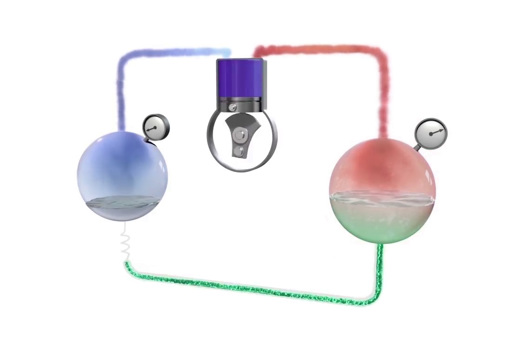
How a refrigerator system works
Refrigerators work by causing the refrigerant circulating inside them to change from a liquid into a gas. This process, called evaporation, cools the surrounding area and produces the desired effect. You can test this process for yourself by taking some alcohol and putting a drop or two on your skin. As it evaporates, you should feel a chilling sensation - the same basic principle gives us safe food storage.
To start the evaporation process and change the refrigerant from liquid to gas, the pressure on the refrigerant needs to be reduced through an outlet called the capillary tube. The effect is similar to what happens when you use an aerosol product such as hair spray. The contents of an aerosol can is the pressure/liquid side, the outlet is the capillary tube, and the open space is the evaporator. When you release the contents into the lower pressure open space, it turns from a liquid to a gas.
To keep a refrigerator running, you need to be able to get the gaseous refrigerant back to its liquid state, so the gas needs to be compressed to a higher pressure and temperature again. This is where the compressor comes in. As mentioned earlier, the compressor provides a similar effect to that of a bike pump. You can sense the heat increase in the pump while you pump and compress the air.
Once the compressor has done its work, the gas should be under high pressure and hot. It needs to be cooled in the condenser, which is mounted on the back of the refrigerator, so its contents can be cooled by the ambient air. When the gas cools off inside the condenser (still under high pressure), it changes back into a liquid.
Then, the liquid refrigerant circulates back to the evaporator where the process starts all over again.
